Contents
Guide

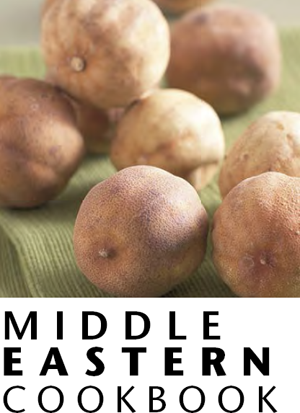


First published in 2006 by New Holland Publishers (UK) Ltd London Cape Town Sydney Auckland Garfield House 8688 Edgware Road London W2 2EA www.newhollandpublishers.com 80 McKenzie Street Cape Town 8001 South Africa Level 1, Unit 4 14 Aquatic Drive Frenchs Forest, NSW 2086 Australia 218 Lake Road Northcote Auckland New Zealand 1 3 5 7 9 10 8 6 4 2 Copyright 2006 text and recipes, illustrations and photographs New Holland Publishers (UK) Ltd Maria Khalif has asserted her moral right to be identified as the author of this work. All rights reserved. No part of this publication may be reproduced, stored in a retrieval system, or transmitted in any form or by any means, electronic, mechanical, photocopying, recording or otherwise, without the prior written permission of the publishers and copyright holders. ISBN 1 84537 407 X Senior Editor: Corinne Masciocchi Design: Sue Rose Photography: Stuart West Food styling: Stella Murphy Editorial Direction: Rosemary Wilkinson Production: Hazel Kirkman Reproduction by Colourscan Overseas, Singapore Printed and bound by Times Offset, Malaysia
| TEMPERATURE CONVERSION CHART |
| Celsius | Fahrenheit | Gas mark |
| |
| | |
| | |
| | |
| | |
| | |
| | |
| | |
| | |
| | |
CONTENTS



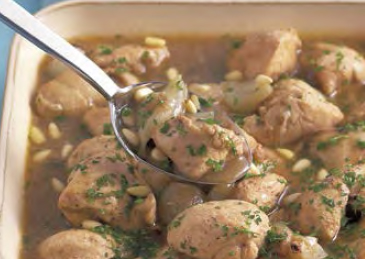
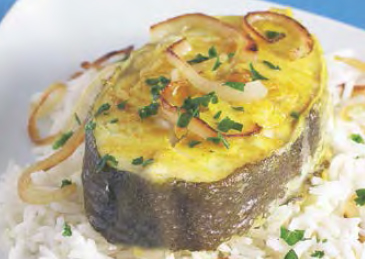
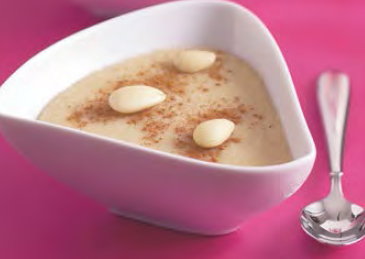
INTRODUCTION

T HE WIDE CULINARY REPERTOIRE and extensive knowledge of Middle-Eastern cuisine I possess stem from several sources. I am the editor of a culinary magazine, owner of a cookery school and producer of Soufra Daimeh, the TV cookery show broadcast both in the Middle East and internationally. During my wide-ranging travels across the Middle East, I explored a passion for cooking alongside local women to discover their culinary secrets, and, through this, improved my understanding of traditional cooking habits.
I have translated my experiences into this book, which contains easy-to-follow methods to ensure that cooking these recipes is simple, enjoyable and exciting.  The hardest part of writing this book was choosing which recipes to include and which to leave out. Ultimately, I decided on a selection that is currently gaining more popularity in Western cultures. I wanted to make sure that while each recipe was simple to prepare, no ingredients were included which could not be easily obtained throughout the world.
The hardest part of writing this book was choosing which recipes to include and which to leave out. Ultimately, I decided on a selection that is currently gaining more popularity in Western cultures. I wanted to make sure that while each recipe was simple to prepare, no ingredients were included which could not be easily obtained throughout the world.  Identifying the origin of an individual recipe can be difficult. Many of the finest dishes of Middle-Eastern heritage first emerged centuries ago, and this type of food was often spread by the paths of marching armies over the years, no doubt gaining or losing a herb or two along the way.
Identifying the origin of an individual recipe can be difficult. Many of the finest dishes of Middle-Eastern heritage first emerged centuries ago, and this type of food was often spread by the paths of marching armies over the years, no doubt gaining or losing a herb or two along the way.
The Ottoman Turks brought with them the thin filo pastry and the coffee now served throughout the Middle East, while other cultures and peoples also left their marks. The huge diversity includes spices from India, yoghurt from Russia, okra from Africa, tomatoes from the Moors of Spain and dumplings from the Mongol invaders. By now, claims as to the origins of a certain dish are varied and hard to prove. For instance, whereas one authority claims the Syrians obtained a certain dish from the Egyptians, another source is convinced it was brought to Egypt at a later date, stolen from the Turks!  Equally important are the produce, traditions and religion of each country. There is a certain level of similarity between all Arab countries, increasing in strength between neighbours, such as the Lebanon, Syria and Jordan, or the states of the Gulf region, but each area has its unique culinary characteristics. So, when I attribute a certain dish to one country, it does not necessarily mean that it originated there, only that the given method of preparation is the customary one for that area.
Equally important are the produce, traditions and religion of each country. There is a certain level of similarity between all Arab countries, increasing in strength between neighbours, such as the Lebanon, Syria and Jordan, or the states of the Gulf region, but each area has its unique culinary characteristics. So, when I attribute a certain dish to one country, it does not necessarily mean that it originated there, only that the given method of preparation is the customary one for that area.
The variety of dishes included in this book reflects the diversity of the Middle-Eastern region and the culture and hospitality of its people. Each recipe is given its traditional name alongside an English translation. Ingredients and terms which might be unfamiliar to you are explained in the Glossary (see ) and, where appropriate, substitutes for some more unusual ingredients are given.  I have tried to create a balance between using the original preparation methods of the region to preserve the genuine flavours of each dish, and making the process simpler with the aid of conveniences such as a food processor, blender and meat grinder. If you have the luxury of these kitchen appliances, they will cut your preparation time and make your life a little easier without compromising the taste of the finished product.
I have tried to create a balance between using the original preparation methods of the region to preserve the genuine flavours of each dish, and making the process simpler with the aid of conveniences such as a food processor, blender and meat grinder. If you have the luxury of these kitchen appliances, they will cut your preparation time and make your life a little easier without compromising the taste of the finished product.  Most of the ingredients used in this book will be familiar to the Western reader and are widely available in supermarkets.
Most of the ingredients used in this book will be familiar to the Western reader and are widely available in supermarkets.
For others, though, you may have to search further afield in a Middle-Eastern food store. I sincerely hope that you enjoy these recipes, and that this book may help to widen your knowledge and understanding of the rich Middle-Eastern culture through its varied cuisine. Welcome to our table. 


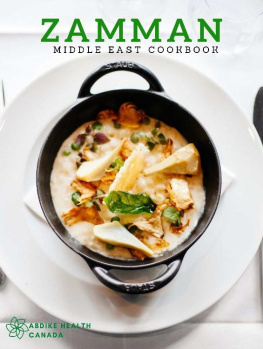
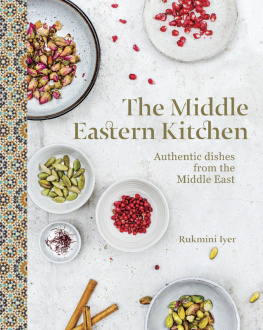

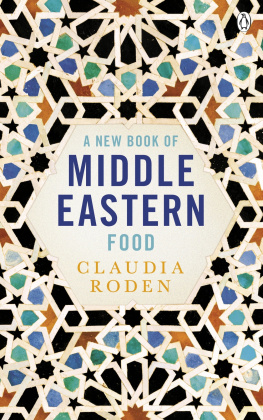
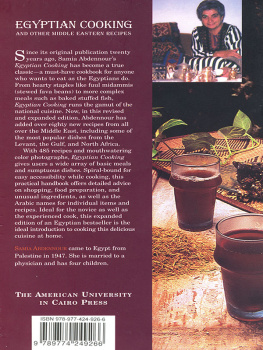
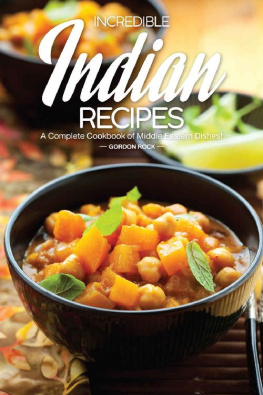
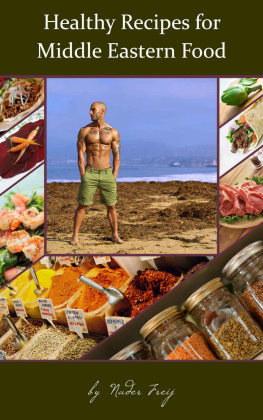
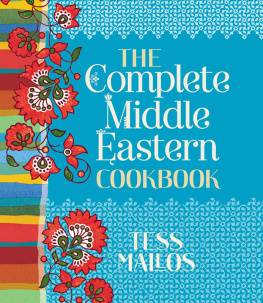
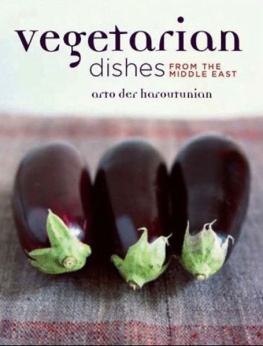



 First published in 2006 by New Holland Publishers (UK) Ltd London Cape Town Sydney Auckland Garfield House 8688 Edgware Road London W2 2EA www.newhollandpublishers.com 80 McKenzie Street Cape Town 8001 South Africa Level 1, Unit 4 14 Aquatic Drive Frenchs Forest, NSW 2086 Australia 218 Lake Road Northcote Auckland New Zealand 1 3 5 7 9 10 8 6 4 2 Copyright 2006 text and recipes, illustrations and photographs New Holland Publishers (UK) Ltd Maria Khalif has asserted her moral right to be identified as the author of this work. All rights reserved. No part of this publication may be reproduced, stored in a retrieval system, or transmitted in any form or by any means, electronic, mechanical, photocopying, recording or otherwise, without the prior written permission of the publishers and copyright holders. ISBN 1 84537 407 X Senior Editor: Corinne Masciocchi Design: Sue Rose Photography: Stuart West Food styling: Stella Murphy Editorial Direction: Rosemary Wilkinson Production: Hazel Kirkman Reproduction by Colourscan Overseas, Singapore Printed and bound by Times Offset, Malaysia
First published in 2006 by New Holland Publishers (UK) Ltd London Cape Town Sydney Auckland Garfield House 8688 Edgware Road London W2 2EA www.newhollandpublishers.com 80 McKenzie Street Cape Town 8001 South Africa Level 1, Unit 4 14 Aquatic Drive Frenchs Forest, NSW 2086 Australia 218 Lake Road Northcote Auckland New Zealand 1 3 5 7 9 10 8 6 4 2 Copyright 2006 text and recipes, illustrations and photographs New Holland Publishers (UK) Ltd Maria Khalif has asserted her moral right to be identified as the author of this work. All rights reserved. No part of this publication may be reproduced, stored in a retrieval system, or transmitted in any form or by any means, electronic, mechanical, photocopying, recording or otherwise, without the prior written permission of the publishers and copyright holders. ISBN 1 84537 407 X Senior Editor: Corinne Masciocchi Design: Sue Rose Photography: Stuart West Food styling: Stella Murphy Editorial Direction: Rosemary Wilkinson Production: Hazel Kirkman Reproduction by Colourscan Overseas, Singapore Printed and bound by Times Offset, Malaysia 





 T HE WIDE CULINARY REPERTOIRE and extensive knowledge of Middle-Eastern cuisine I possess stem from several sources. I am the editor of a culinary magazine, owner of a cookery school and producer of Soufra Daimeh, the TV cookery show broadcast both in the Middle East and internationally. During my wide-ranging travels across the Middle East, I explored a passion for cooking alongside local women to discover their culinary secrets, and, through this, improved my understanding of traditional cooking habits.
T HE WIDE CULINARY REPERTOIRE and extensive knowledge of Middle-Eastern cuisine I possess stem from several sources. I am the editor of a culinary magazine, owner of a cookery school and producer of Soufra Daimeh, the TV cookery show broadcast both in the Middle East and internationally. During my wide-ranging travels across the Middle East, I explored a passion for cooking alongside local women to discover their culinary secrets, and, through this, improved my understanding of traditional cooking habits.  The hardest part of writing this book was choosing which recipes to include and which to leave out. Ultimately, I decided on a selection that is currently gaining more popularity in Western cultures. I wanted to make sure that while each recipe was simple to prepare, no ingredients were included which could not be easily obtained throughout the world.
The hardest part of writing this book was choosing which recipes to include and which to leave out. Ultimately, I decided on a selection that is currently gaining more popularity in Western cultures. I wanted to make sure that while each recipe was simple to prepare, no ingredients were included which could not be easily obtained throughout the world.  Identifying the origin of an individual recipe can be difficult. Many of the finest dishes of Middle-Eastern heritage first emerged centuries ago, and this type of food was often spread by the paths of marching armies over the years, no doubt gaining or losing a herb or two along the way.
Identifying the origin of an individual recipe can be difficult. Many of the finest dishes of Middle-Eastern heritage first emerged centuries ago, and this type of food was often spread by the paths of marching armies over the years, no doubt gaining or losing a herb or two along the way. Equally important are the produce, traditions and religion of each country. There is a certain level of similarity between all Arab countries, increasing in strength between neighbours, such as the Lebanon, Syria and Jordan, or the states of the Gulf region, but each area has its unique culinary characteristics. So, when I attribute a certain dish to one country, it does not necessarily mean that it originated there, only that the given method of preparation is the customary one for that area.
Equally important are the produce, traditions and religion of each country. There is a certain level of similarity between all Arab countries, increasing in strength between neighbours, such as the Lebanon, Syria and Jordan, or the states of the Gulf region, but each area has its unique culinary characteristics. So, when I attribute a certain dish to one country, it does not necessarily mean that it originated there, only that the given method of preparation is the customary one for that area. I have tried to create a balance between using the original preparation methods of the region to preserve the genuine flavours of each dish, and making the process simpler with the aid of conveniences such as a food processor, blender and meat grinder. If you have the luxury of these kitchen appliances, they will cut your preparation time and make your life a little easier without compromising the taste of the finished product.
I have tried to create a balance between using the original preparation methods of the region to preserve the genuine flavours of each dish, and making the process simpler with the aid of conveniences such as a food processor, blender and meat grinder. If you have the luxury of these kitchen appliances, they will cut your preparation time and make your life a little easier without compromising the taste of the finished product.  Most of the ingredients used in this book will be familiar to the Western reader and are widely available in supermarkets.
Most of the ingredients used in this book will be familiar to the Western reader and are widely available in supermarkets.